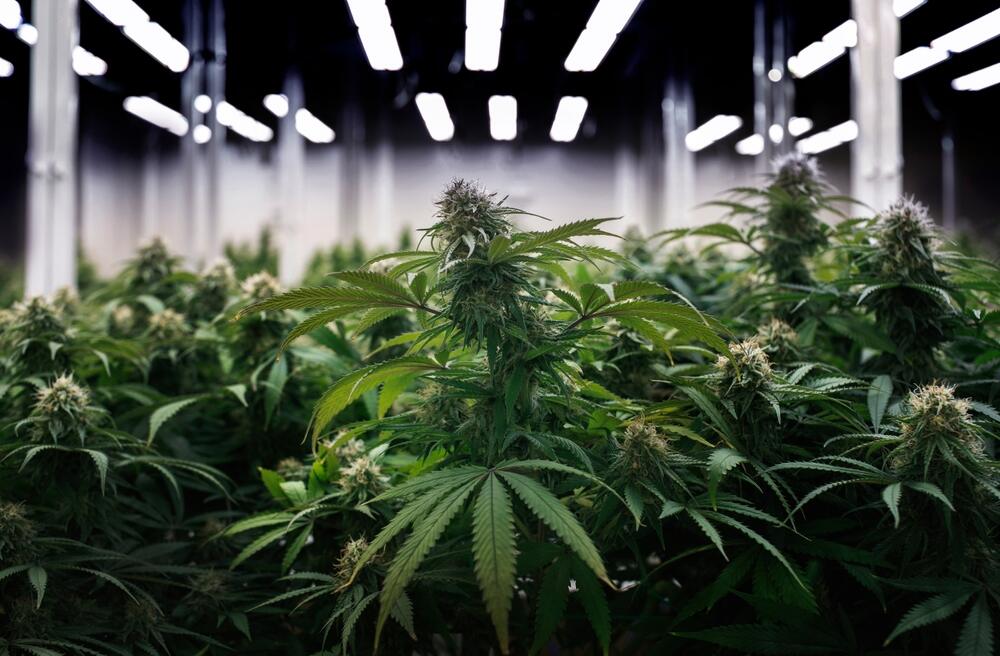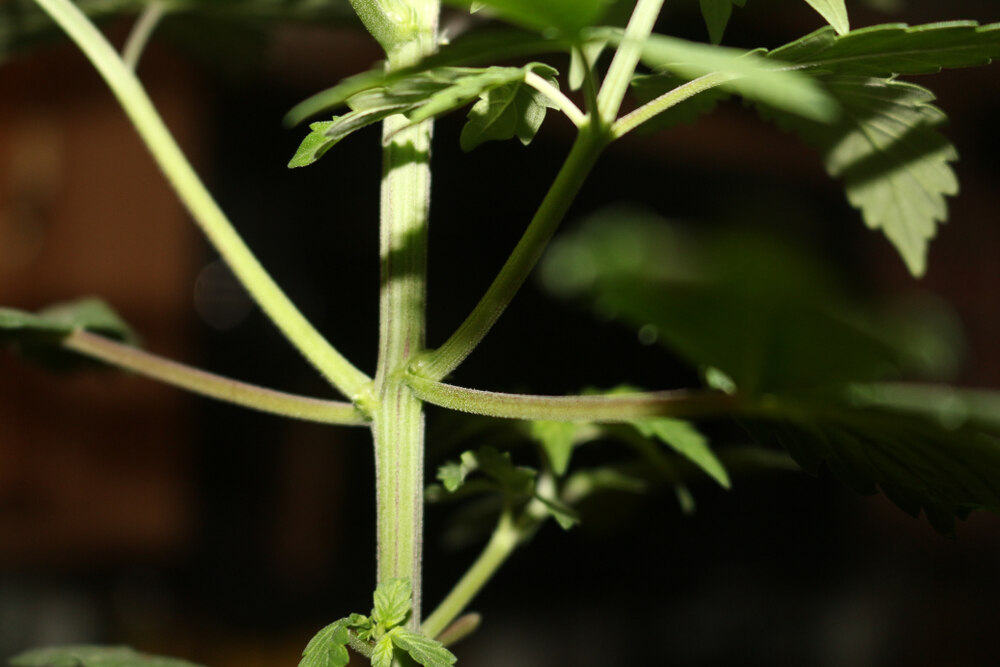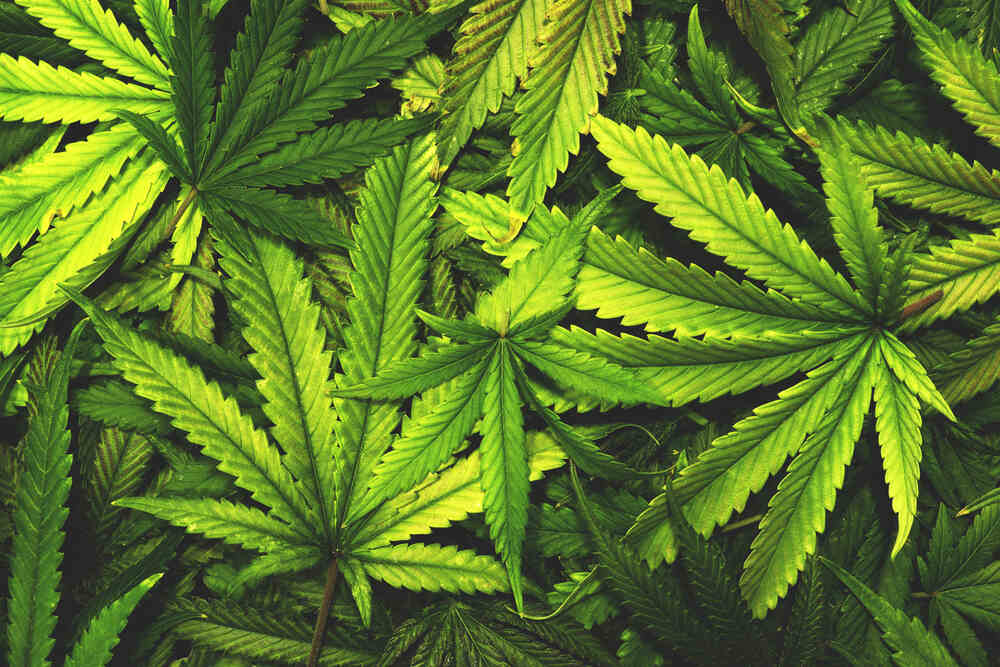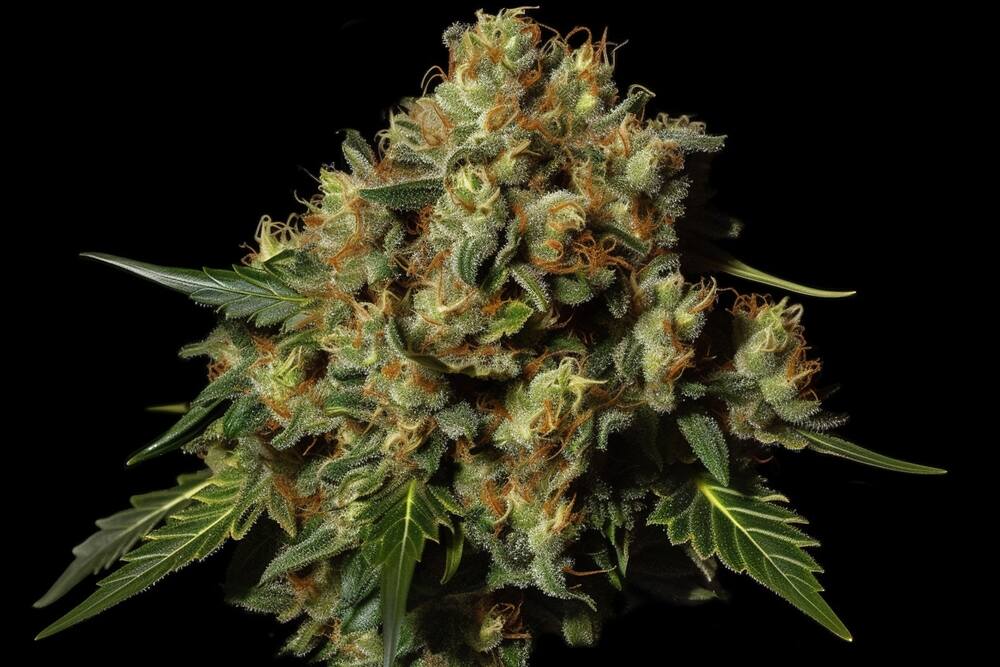The Best Fluffy Pancakes recipe you will fall in love with. Full of tips and tricks to help you make the best pancakes.

The Anatomy of a Cannabis Plant Explained
Cannabis is a fascinating plant, and whether you’re a grower or just curious, understanding its anatomy can unlock a whole new appreciation. Each part of the plant plays a role in producing those resinous buds we know and love. Let’s break down the different parts of the cannabis plant, explain what each part does, and why it’s important for healthy growth.
Overview of Cannabis Plant Anatomy
Every cannabis plant has its own unique characteristics, but they all share certain key structures. Understanding these parts will help you grow healthier plants and recognize potential issues before they become major problems.
Male vs. Female Cannabis Plants
Cannabis plants come in both male and female varieties, but the ones you’re after for those big, sticky buds are the females. Female cannabis plants produce the flowers that are packed with cannabinoids, whereas males are typically used for breeding and producing seeds.
Common Features Across Cannabis Strains
Whether you’re growing sativa, indica, or hybrids, the anatomy is essentially the same. All strains have roots, stems, leaves, branches, and flowers. However, there are variations in the size, shape, and color of these parts depending on the strain.
The Roots: The Foundation of the Cannabis Plant

The roots are the unseen heroes of any cannabis plant. They anchor the plant and absorb the water and nutrients it needs to thrive.
Taproots and Lateral Roots
The main root of the cannabis plant is the taproot, which digs deep into the soil. Lateral roots branch off from the taproot, spreading throughout the soil to find nutrients and water.
Root Functions in Water and Nutrient Absorption
Your cannabis plant’s roots do more than just keep it upright; they’re responsible for taking in water, minerals, and other nutrients. A strong root system is key to growing a strong, healthy plant. Make sure you give your roots enough room to grow and breathe by using well-draining soil.
The Stem: The Plant’s Support System

Think of the stem as the plant’s backbone, supporting its overall structure and growth.
Xylem and Phloem: Water and Nutrient Transport
Inside the stem, you’ve got the xylem and phloem, two systems that help transport water and nutrients throughout the plant. The xylem pulls water from the roots up to the rest of the plant, while the phloem distributes sugars and nutrients created during photosynthesis.
How to Train and Strengthen Cannabis Stems
You can train your plant’s stem using techniques like “topping” or low-stress training (LST) to help create a more even canopy and maximize light exposure. This leads to a more productive plant with bigger buds.
Nodes and Internodes: Points of Growth
Nodes are where branches and leaves emerge on the cannabis plant, while internodes are the spaces between them. These areas are key for flower development.
Importance of Nodes in Flower Development
Nodes are where the action happens—this is where buds will start to form once your plant enters the flowering stage. More nodes often mean more bud sites, which leads to a higher yield.
How Internodes Affect Plant Structure
Shorter internodes are generally a good sign, as they mean the plant is getting plenty of light and growing compactly. Long internodes might indicate that the plant is stretching, usually due to insufficient light.
The Branches: Extending Growth Potential
Branches extend from the nodes and play a critical role in the plant’s ability to grow larger and support more buds.
Role of Branches in Photosynthesis and Bud Support
Branches are where fan leaves and buds grow, making them vital for photosynthesis. They also support the weight of those heavy buds, so strong branches are essential.
Pruning Techniques for Better Branch Distribution
By pruning unproductive branches, you allow your cannabis plant to focus its energy on the buds that matter. Techniques like “lollipopping” help create better light distribution and airflow, which can prevent mold and other issues.
The Leaves: Powerhouses of Photosynthesis

Cannabis leaves are more than just iconic symbols—they play a key role in photosynthesis and the plant’s overall health.
Fan Leaves: Functions and Characteristics
Fan leaves are the large, broad leaves you see on every cannabis plant. These leaves are the main site of photosynthesis, where the plant converts light into energy. While they don’t contain much THC, they’re essential for your plant’s health.
Sugar Leaves: Importance in Trichome Production
Sugar leaves are smaller leaves that grow within the cannabis buds. These leaves are covered in trichomes, which are the resin glands responsible for producing cannabinoids like THC and CBD. Sugar leaves can be used to make concentrates or extracts after harvest.
Differences Between Indica and Sativa Leaves
Indica leaves are wide and short, while sativa leaves are long and thin. This is one of the easiest ways to tell the difference between the two species.
Flowers: The Reproductive Organs

The flowers, or buds, are the main reason most people grow cannabis. This is where you’ll find the highest concentration of cannabinoids.
Pistils and Stigmas: Role in Pollination
Pistils are the hair-like structures you see on the flowers. They’re part of the plant’s reproductive system, designed to catch pollen from male plants. However, for high-quality bud production, you want to avoid pollination to keep your flowers seedless.
Bracts and Calyxes: Protecting the Bud
Bracts are the leaves that surround the cannabis flower, and they contain a high concentration of trichomes. Calyxes are the small, teardrop-shaped structures that make up the bud. Together, they protect the reproductive parts of the plant.
Trichomes: Where Cannabinoids and Terpenes Are Produced
Trichomes are the tiny, crystal-like glands that cover the surface of cannabis flowers. These glands produce cannabinoids like THC and CBD, as well as terpenes, which give the plant its aroma and flavor.
Seeds: Starting New Life Cycles
Every cannabis plant starts from a tiny seed. Knowing how to germinate and care for seeds is the first step toward a successful grow.
Germination Process and Seedling Stage
The germination process is simple: just keep your seeds in a damp paper towel until they sprout. Once the seedling emerges, it’s time to plant it in soil. From there, it will grow into a mature cannabis plant.
Factors That Influence Seed Quality
Good seeds are dark brown, hard, and dry. Avoid seeds that are green or soft, as they may not germinate properly.
FAQ:
What are the main parts of a cannabis plant?
The main parts are roots, stems, branches, leaves (fan and sugar), flowers, and seeds.
How do male and female cannabis plants differ?
Male plants produce pollen, while female plants produce the cannabinoid-rich flowers.
What role do trichomes play in cannabis potency?
Trichomes are the glands where cannabinoids like THC and CBD are produced, making them crucial for potency.
Can you use fan leaves after harvest?
Yes, fan leaves can be used to make teas, smoothies, or even hash, though they contain very little THC.
How do nodes affect cannabis plant growth?
Nodes are where buds form, so more nodes typically mean more potential bud sites.
Understanding cannabis plant anatomy is the first step in growing great marijuana. From the roots to the trichomes, every part of the plant plays a role in producing those sticky, potent buds you’re after. Whether you’re a beginner or a seasoned grower, getting to know your plant better will only improve your results.




